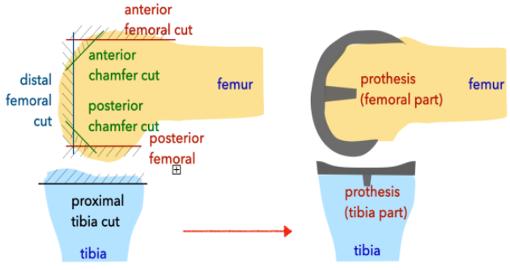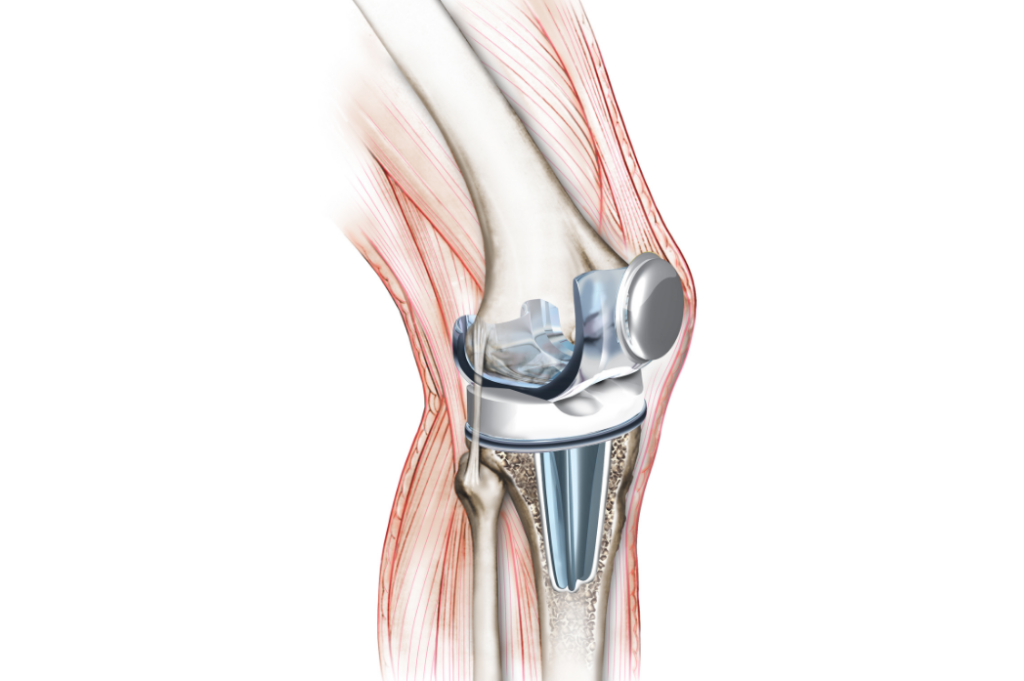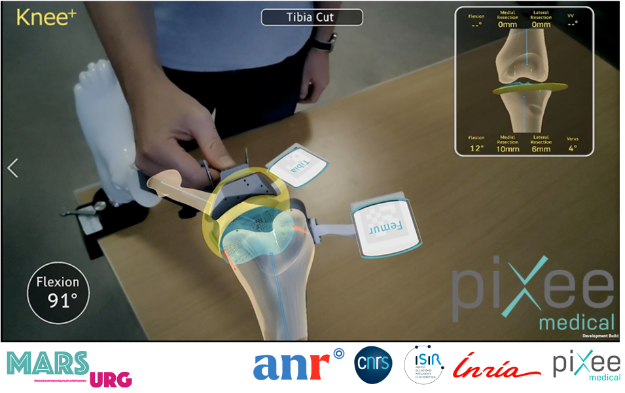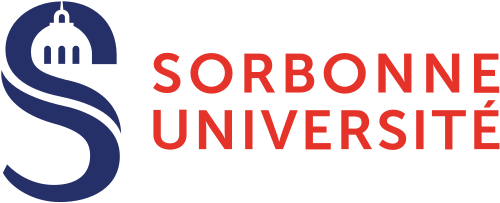With the aging of the population, the number of surgeries to replace failing joints (hip, knee, shoulder, etc.) is growing rapidly. This represents more than one third of the implantable medical device market.
In orthopedic surgery, the 3D positioning of failed joints and artificial replacement prostheses is an important criterion for successful surgery. This geometric and kinematic information is usually obtained with a set of specific, often invasive, metallic instruments. The estimation of the spatial position of prostheses has made significant progress with the development of medical imaging and computer-assisted navigation methods and robotics. However, even if these methods bring a real clinical added value for the patient (better functioning of the prosthesis, better acceptability by the patients, improved life span, etc.), they have several limitations: complexity of use, high cost, and they do not fully meet the requirements in terms of accuracy.

MARGSurg – Markerless Augmented Reality for the Future Orthopedic Surgery
This is the context of the ANR PRCE MARSurg project – Markerless Augmented Reality for the Future Orthopedic Surgery, which aims to develop an innovative surgical navigation solution with high scientific, technological and clinical potential. This platform will be based on the use of Augmented Reality (AR) and methods of computer vision and Artificial Intelligence (machine learning), to estimate the geometric and kinematic parameters of the joints and restore them, in real time, to the surgeon during surgery.

The 4-year project is coordinated by Brahim Tamadazte, CNRS Research Fellow and member of ISIR, Sorbonne University. The project consortium is also composed of Inria Rennes Bretagne-Atlantique, represented by Eric Marchand, University Professor at Rennes 1, and Pixee Medical, a French company specialized in the development of innovative solutions for knee surgery, represented by Anthony Agustinos, R&D manager.
Description of the MARSurg project by Brahim Tamadazte, project coordinator.
What does the project consist of?
In the MARSurg project, we are targeting the joint replacement segments. The targeted solution aims to be generic and easily adaptable to other orthopedic surgery disciplines and beyond. Focused on efficiency, the MARSurg demonstrator will address the optimal placement of prostheses in knee surgery, with the aim of performing regular transpositions and verification tests on other orthopedic surgeries (such as shoulder or hip).

What are the objectives of the project?
In this context, several technological, scientific and clinical objectives are targeted in the framework of MARSurg. These objectives include:
- Implement a new surgical protocol for total knee joint replacement by guaranteeing less invasiveness while improving the functionalities of the replacement prosthesis (stability, life span, etc.) ;
- Develop a new pre-industrial system including an augmented reality software platform that will intuitively provide all the information the surgeon needs during the surgical procedure;
- Improve state-of-the-art methods on 3D pose calculation without artificial markers using geometric and artificial intelligence methods;
- Advance state-of-the-art methods on the segmentation and registration of 3D images from so-called RGB-D cameras (a camera that simultaneously provides a color image and a depth map characterizing the distance of the objects seen in the image), particularly in the context of clinical applications;
- Accelerate the industrial transfer of the methods developed to make Pixee Medical a world leader in orthopedic surgery.
What are the expected results?
In summary, the MARSurg project aims to develop a generic software platform for orthopedic surgery (beyond knee surgery) by targeting the replacement of failing joints with artificial joint prostheses. This will be achieved by addressing several scientific disciplines, such as visual perception, using depth cameras, computer vision, artificial intelligence, software engineering and augmented reality. A final demonstrator of the augmented reality platform that will be developed will be tested and evaluated in conditions close to those of an operating room, in the presence of specialist surgeons.
ISIR has a very favorable working environment for the development of such a project. Several research themes that will be developed in MARSurg are covered by the competences of the different members of ISIR involved in the project: computer vision and pose calculation have been key themes of the AGATHE team for several years. As for the aspects of Artificial Intelligence, segmentation and image registration, they have long been addressed by the AMAC team.
Referent contact: Brahim Tamadazte, CNRS research fellow



